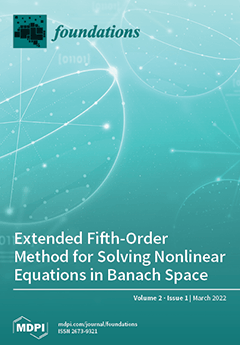A new
-emitting
214U has been recently observed experimentally. This opens the window to theoretically investigate the ground-state properties of the lightest known even–even neutron deficient
214,216,218U isotopes and to examine
-particle clustering around the shell closure. The decay
[...] Read more.
A new
-emitting
214U has been recently observed experimentally. This opens the window to theoretically investigate the ground-state properties of the lightest known even–even neutron deficient
214,216,218U isotopes and to examine
-particle clustering around the shell closure. The decay half-lives are calculated within the preformed cluster-decay model (PCM). To obtain the
-daughter interaction potential, the RMF densities are folded with the newly developed R3Y and the well-known M3Y NN potentials for comparison. The alpha preformation probability
is calculated from the analytic formula of Deng and Zhang. The WKB approximation is employed for the calculation of the transmission probability. The individual binding energies (BE) for the participating nuclei are estimated from the relativistic mean-field (RMF) formalism and those from the finite range droplet model (FRDM) as well as WS3 mass tables. In addition to
, the so-called abnormal enhancement region, i.e.,
and
, is normalised by an appropriately fitted neck-parameter
. On the other hand, the discrepancy sets in due to the shell effect at (and around) the proton magic number
and 84, and thus a higher scaling factor ranging from
–
is required. Additionally, in contrast with the experimental binding energy data, large deviations of about 5–10 MeV are evident in the RMF formalism despite the use of different parameter sets. An accurate prediction of
-decay half-lives requires a Q-value that is in proximity with the experimental data. In addition, other microscopic frameworks besides RMF could be more reliable for the mass region under study.
-particle clustering is largely influenced by the shell effect.
Full article



